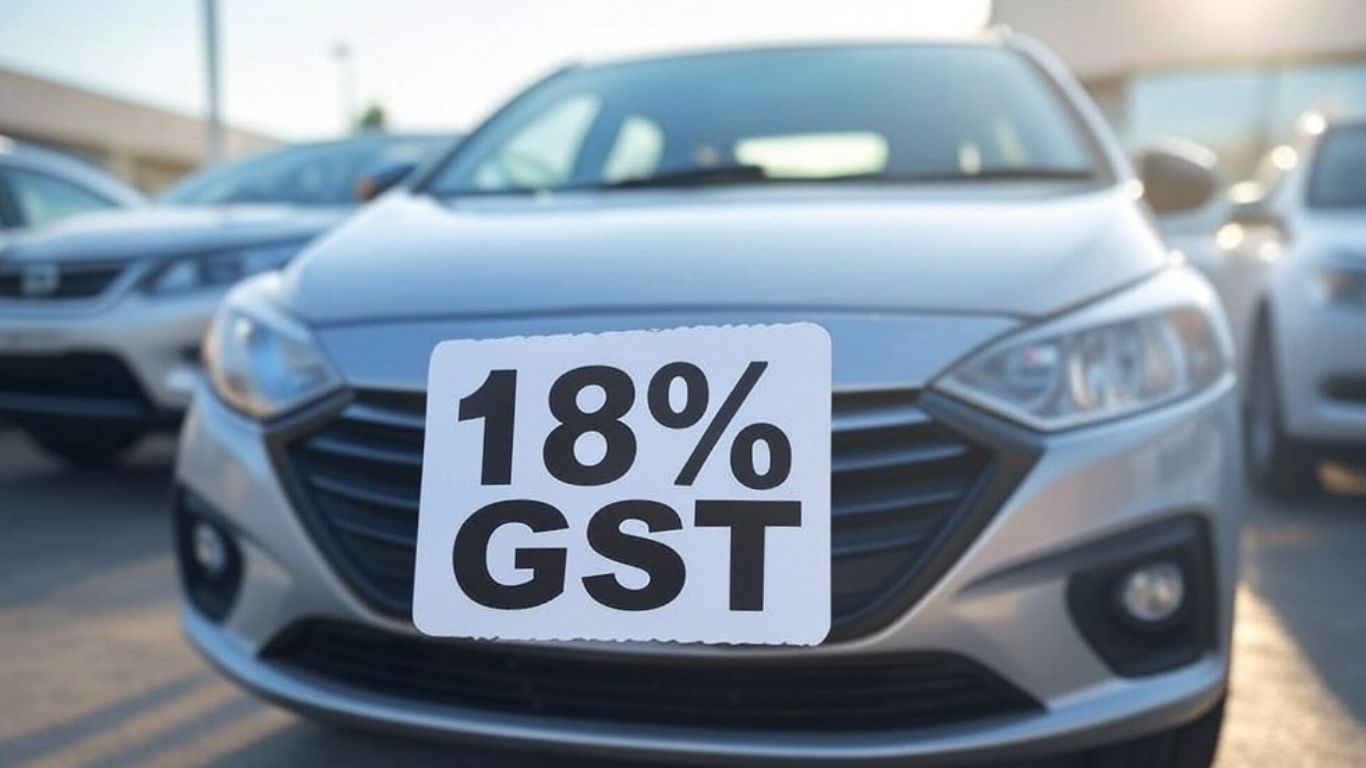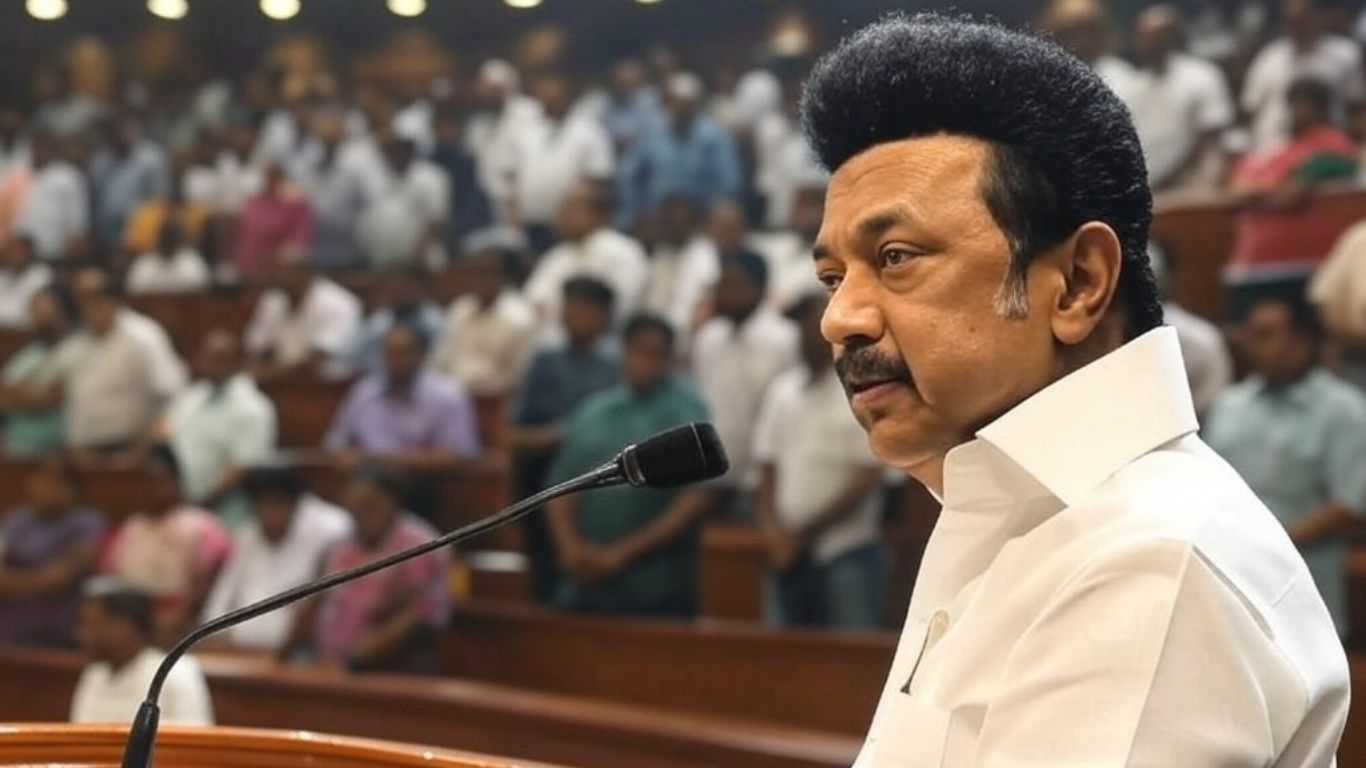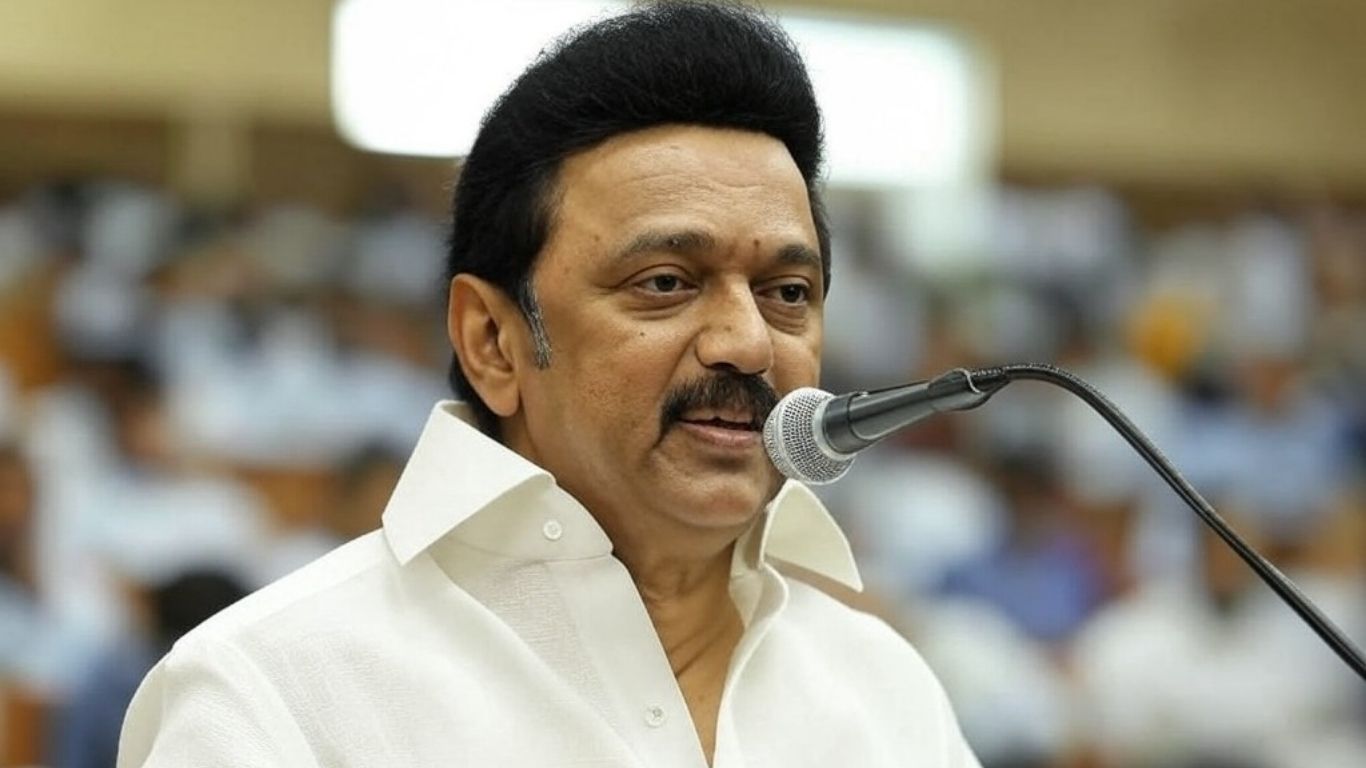Overview of the New GST Policy
Recent Changes in GST Rates
The Indian automotive market has witnessed a significant policy shift with the GST Council’s recent decision to implement a uniform 18% GST rate on the sale of all used vehicles, including electric vehicles (EVs). This standardization marks a departure from the previous system where different rates were applicable to various vehicle categories.
Scope of Application
The new GST framework primarily targets commercial transactions in the used car market. However, it’s crucial to understand that this tax isn’t a blanket application on all used car sales. The policy has been carefully structured to maintain fairness in the second-hand vehicle market while ensuring proper tax compliance.
Who Needs to Pay the 18% GST?
Individual Sellers vs. Registered Dealers
A key aspect of this policy is the distinction between individual sellers and registered dealers. When an individual sells their used car to another individual, the transaction remains exempt from the 18% GST. This exemption protects casual sellers from unnecessary tax burden while maintaining focus on commercial transactions.
GST Registration Requirements
The tax primarily applies to registered persons dealing in used vehicles. These typically include car dealerships, authorized resellers, and businesses involved in the buying and selling of used vehicles. Understanding your GST registration status is crucial in determining your tax obligations under this new framework.
Calculating GST on Used Car Sales
Understanding Margin-Based Taxation
The GST calculation follows a margin-based approach, as clarified by Finance Minister Nirmala Sitharaman. The tax is applicable only on the margin – the difference between the purchase price and the selling price. This system ensures that the tax burden remains proportional to the actual value addition in the transaction.
Role of Depreciation
Depreciation plays a crucial role in determining the GST liability. For GST-registered persons who have claimed depreciation, the tax is calculated only on the difference between the selling amount and the depreciated value of the vehicle. This consideration prevents double taxation and accounts for the vehicle’s declining value over time.
Practical Examples
Let’s consider a practical scenario: If a vehicle purchased for ₹20 lakh is sold for ₹10 lakh, with claimed depreciation of ₹8 lakh, the depreciated value would be ₹12 lakh. In this case, since the margin is negative (₹10 lakh – ₹12 lakh = -₹2 lakh), no GST would be payable.
Impact on Different Stakeholders
Effects on Individual Sellers
Individual sellers benefit from the policy’s structure as they remain largely unaffected when selling their personal vehicles. This exemption ensures that casual sellers in the used car market don’t face additional tax burdens.
Implications for Car Dealers
Registered dealers must carefully calculate their margins and maintain proper documentation of depreciation claims. The policy affects their pricing strategies and requires them to adjust their business models accordingly.
Consumer Perspective
For buyers, the impact varies depending on whether they purchase from an individual seller or a registered dealer. Understanding these distinctions helps consumers make informed decisions about their used car purchases.
Special Considerations and Exemptions
Negative Margin Scenarios
When the selling price is less than the depreciated value or original purchase price, resulting in a negative margin, no GST is payable. This provision protects sellers from paying tax when they’re not making a profit on the sale.
Input Tax Credit Rules
The application of GST also depends on whether the seller has claimed Input Tax Credit on the vehicle’s purchase. This factor adds another layer to the tax calculation process and must be considered by registered dealers.
Future Implications and Market Impact
The standardization of GST rates at 18% is expected to bring more transparency to the used car market. While it may affect the pricing strategies of commercial dealers, the exemption for individual-to-individual sales helps maintain market accessibility for private sellers and buyers.
Conclusion
The implementation of the 18% GST on used vehicle sales represents a significant step toward streamlining the taxation system in India’s automotive sector. While it primarily affects registered dealers, the policy’s careful structuring ensures that individual sellers remain protected. Understanding these nuances is crucial for all stakeholders in the used car market.
FAQs
- Q: Do I need to pay GST if I sell my personal car to a friend? A: No, GST is not applicable on individual-to-individual sales of used cars.
- Q: How is the GST calculated if I’m a registered dealer? A: GST is calculated on the margin (selling price minus purchase price or depreciated value), not the entire selling amount.
- Q: What happens if I sell a car at a loss? A: If the margin is negative (selling price less than depreciated value), no GST is payable.
- Q: Does the 18% GST apply to electric vehicles as well? A: Yes, the new 18% GST rate applies to all used vehicles, including EVs.
- Q: Can I avoid GST by selling through an individual instead of a dealership? A: Yes, individual-to-individual sales are exempt from GST, but ensure the transaction is genuinely between individuals and not through a business entity.















